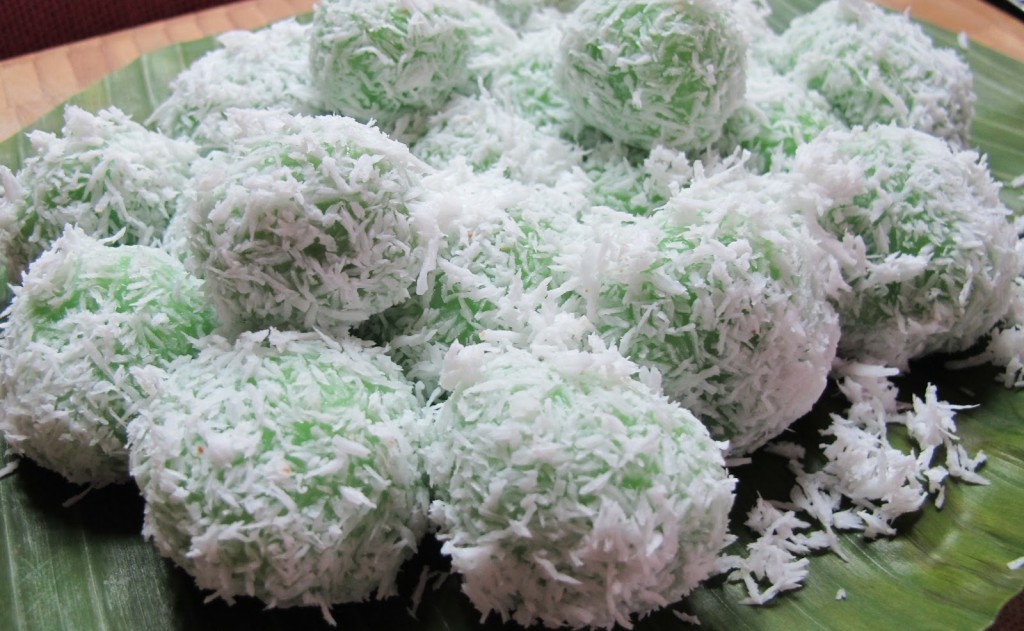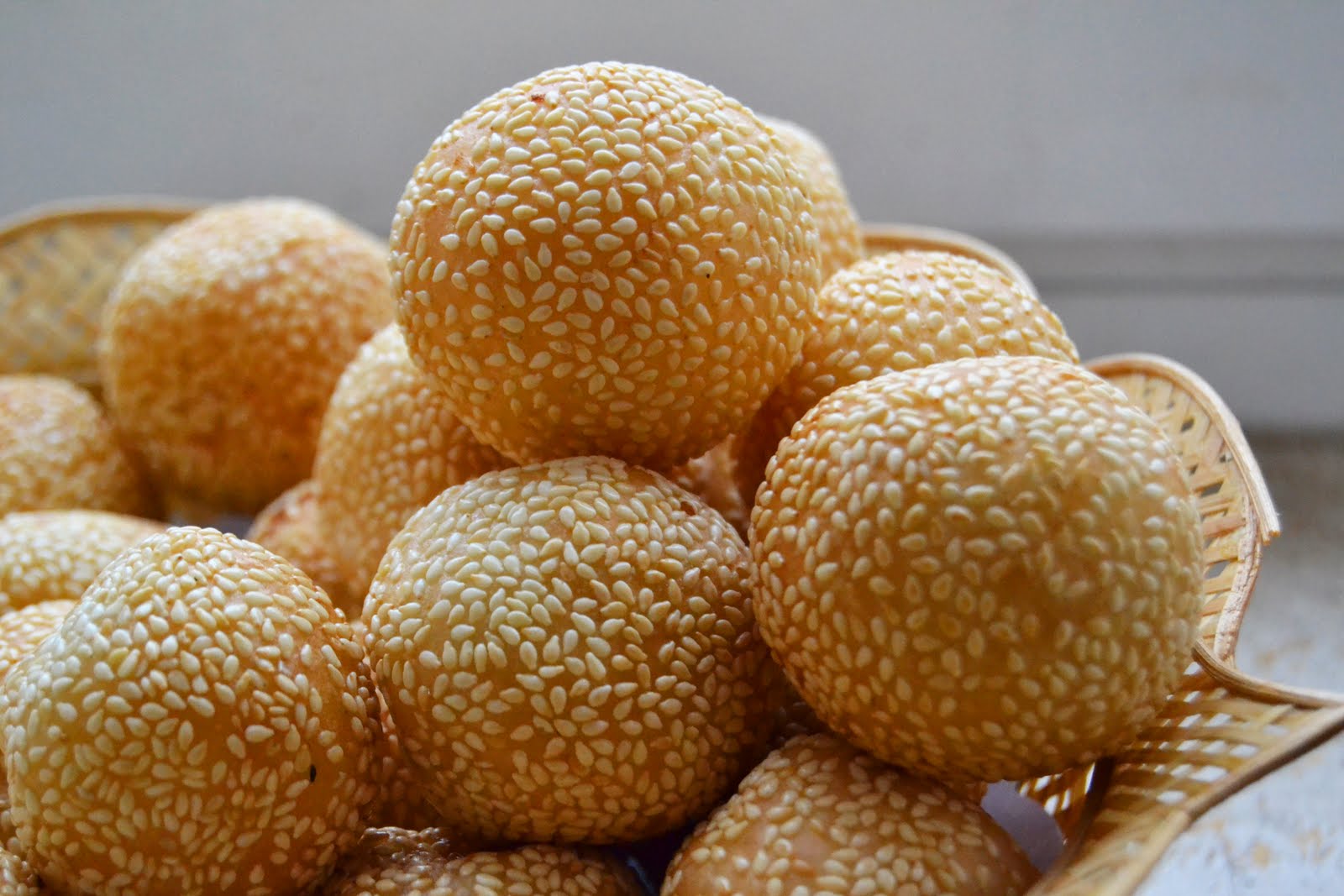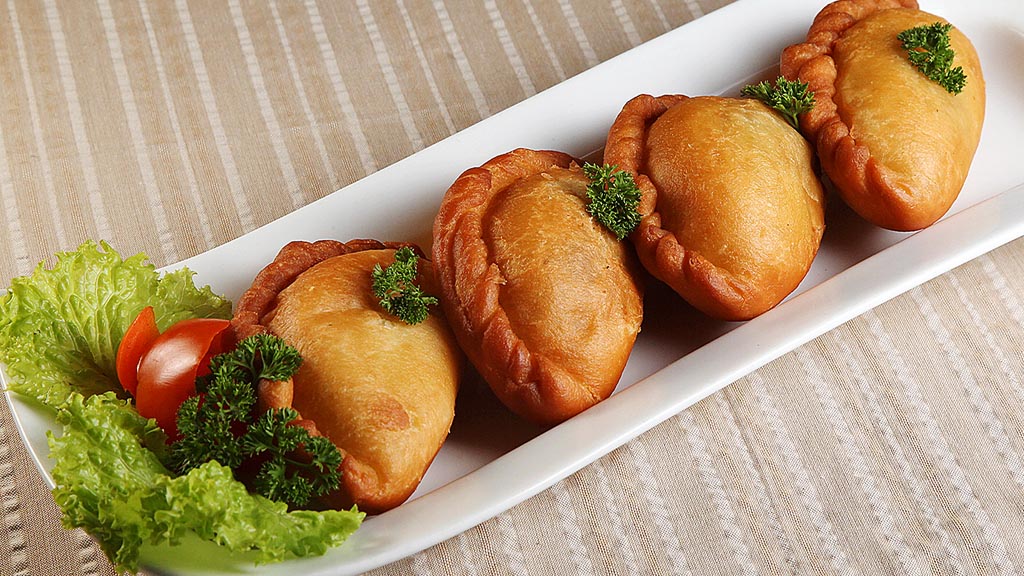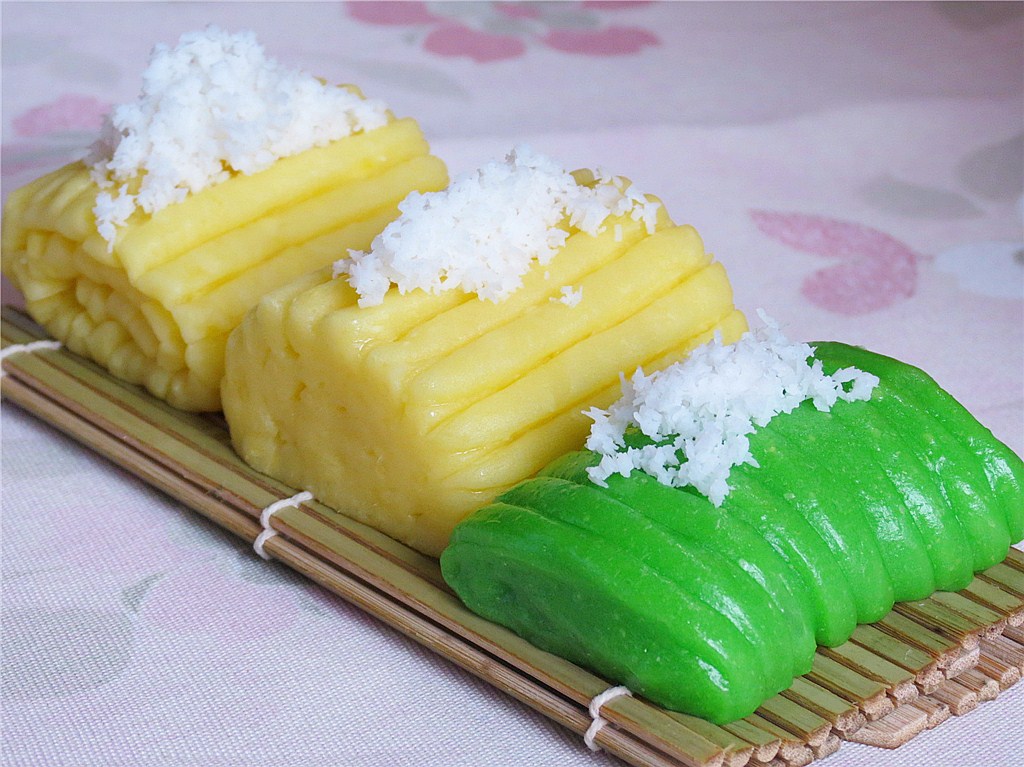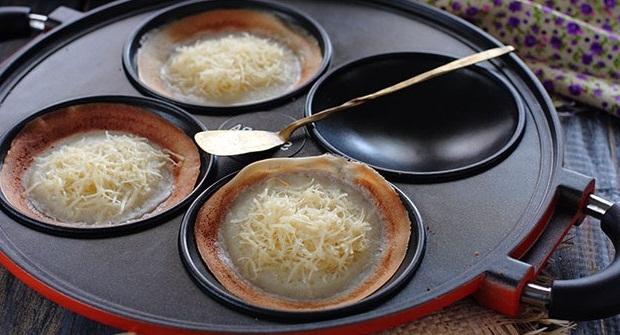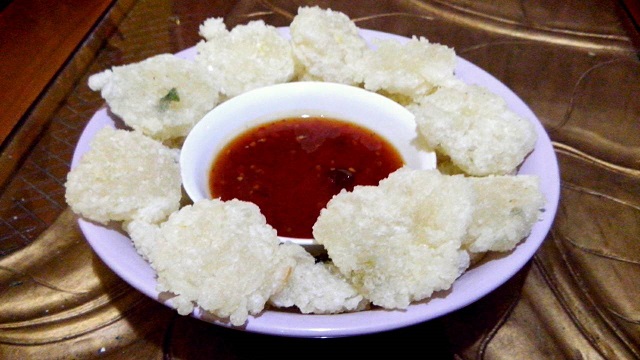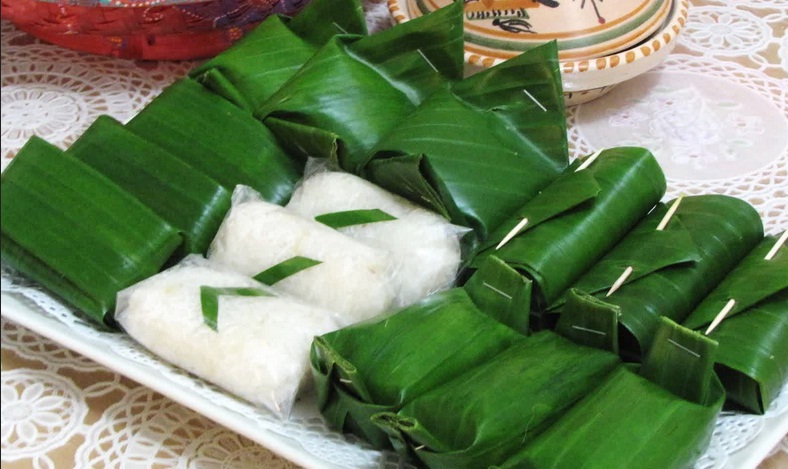Right at lunch hour, YogYES arrived at Warung Sate Kambing Tambak Segaran. The restaurant is easy to find; it is located at Brigjen Katamso Street 192, exactly next to Danamon Bank, only about 1 km from the Central Post Station. Most of the seats have been occupied though the restaurant has just opened, which means that it has got a lot of customers. At the front edge of the restaurant, the chef was busy in his kitchen; he is Wily the grandson of the Sate Buntel's creator. Wily is the successor of the second generation of Sate Buntel Jogja's owner or the third generation, when tracked back to its original first restaurant in Tambak Segaran, Solo. He continues running his mother's business, who had opened the sate restaurant in Jogja in 1987.
The bound between Solo and Jogja is not merely all about the original of Kasunanan (Monastry) Solo and Kasultanan (Kingdom) Yogyakarta which originated from the same Wangsa. Concerning the culinary, sate buntel which now operated in both cities also originated from the same owner, Lim Hwa Youe. Sixty five years ago, in 1948, Lim innovated a new way of serving sate. Unlike the common way, which serves sate in skewers, Lim minced the meats instead, and serving it by covering it in goat fat. The word buntel which means "to cover" becomes the name for his invention.
The idea of making sate buntel is smart and interesting, just like how most kawula alit (Javanese: common, humble folks) make use of simplicity into luxury. Like tengkleng which is made from the remaining meats sticking to the animal's bones turned into a delicious food, sate buntel is also made by using the hard meats covering the majority of a goat's anatomy. The parts are then properly minced into small pieces to get rid of the remaining muscles. The result is delicate meats, free of the distinctive aroma of a goat.
The long queue has not been able to bother the enthusiastic YogYES crews to have a try on the legendary, renowned culinary. The aroma of meat and spices being burnt spread to the whole room, keeping us awake while waiting for the orders to be served. It's time we were served well. Unlike the common way of eating sate, which requires us to bite the pieces of meat off from the stick, here we hadn't have to do so. Sate Buntel is served without any sticks; only two packages of sate which can be easily torn using a spoon. Served simply with cucumber and red onion dressing and accompanied by sambal (grilled chilli and spices), sate buntel is ready to keep our tongues wet. Another recipe which will certainly attract our appetite is the ketchup sauce with medium sweetness. This is a secret recipe made originally by the owner's family kept and being passed on to only the next generation.
Though specializing in sate buntel, the restaurant also provides other variants of goat meat, such as Gulai/Gule (a kind of curry) and Tengkleng (made of the remaining bones, with few meats sticking to them). We tried two of the gulai variants, namely Ordinary Meat Gulai and Marrow Gulai. Named 'ordinary', the gulai tasted special instead. Marrow Gulai tasted more challenging as it also looked smashed off nine goat's bones in yellowish gulai sauce, accompanied by a sate stick to pick the marrows and bones to suck. The delicate marrow quickly enters our mouth, forcing us to hurriedly pick the next bone as if we wouldn't want to miss the sensation of the marrow spraying inside our mouths.
After enjoying the meats, various drinks have been ready from ice tea, soda gembira (kind of drink made of syrup, milk and soda), to beer all ready to satisfy our thirst while not eliminating the memory of the exotic spices and the delicate goat meats. It's all over for the battle between the tongue against the various menus. The result is, you bet, the tongue surrenders.









